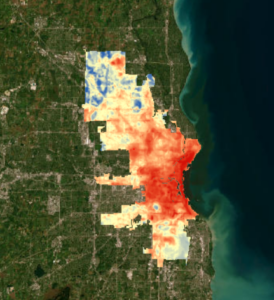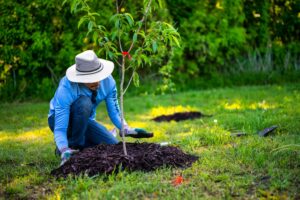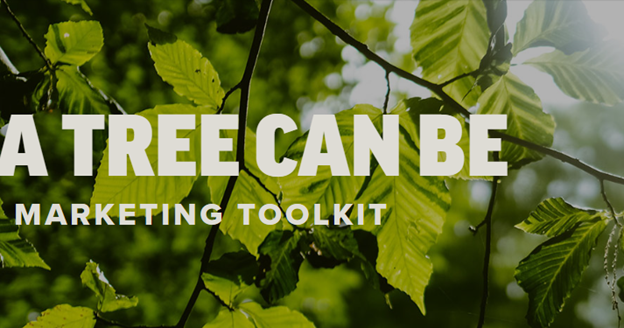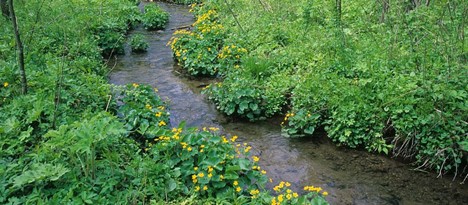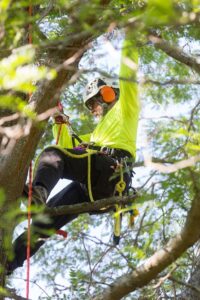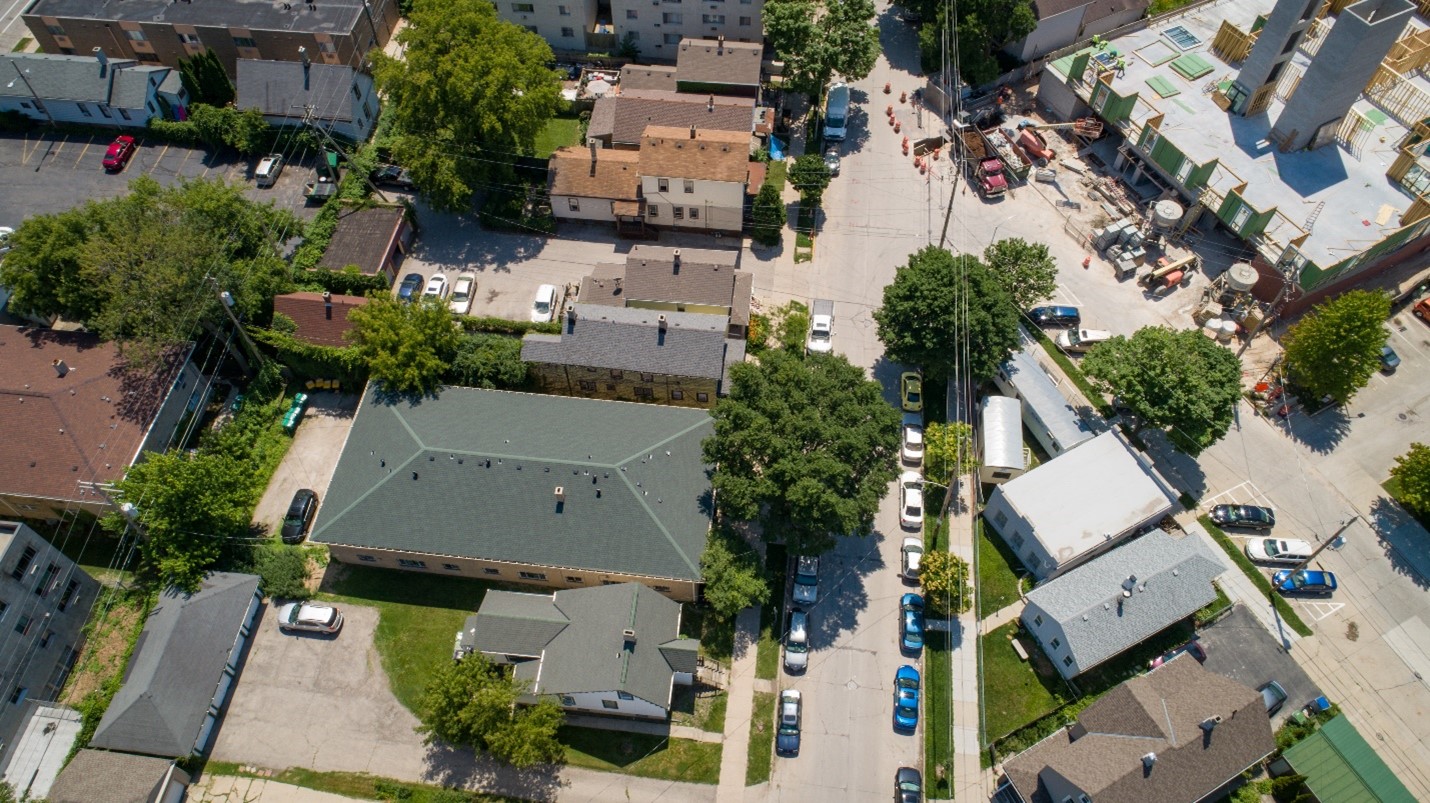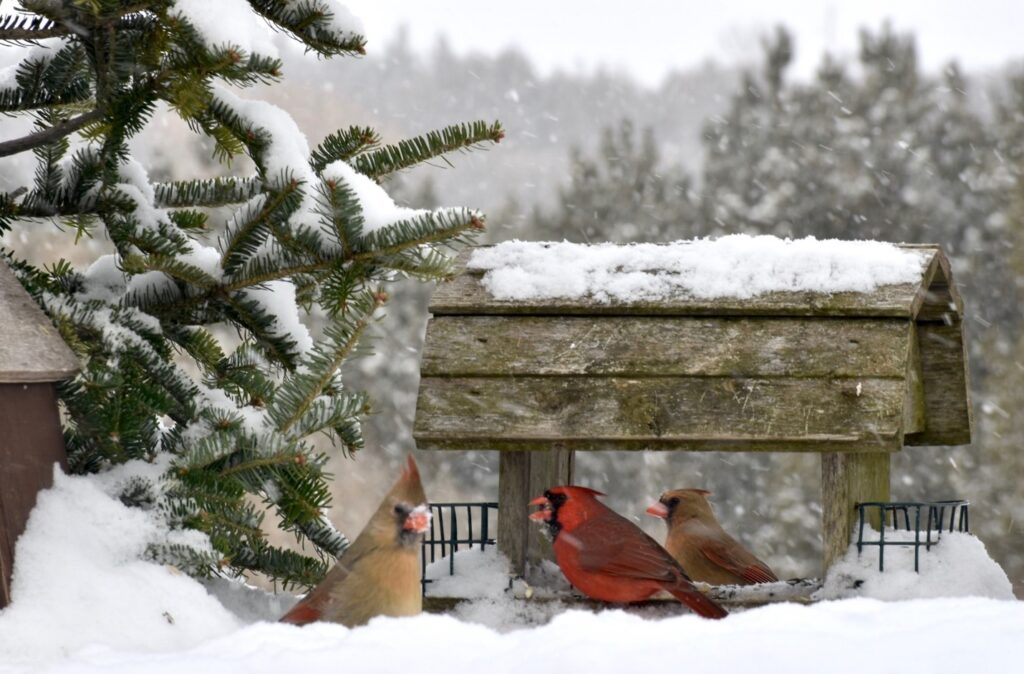By Bill McNee, Forest Health Specialist, Oshkosh, Bill.McNee@wisconsin.gov or 920-360-0942
Property owners with healthy, valuable ash trees are encouraged to treat them with insecticide this spring to protect against emerald ash borer (EAB). The pest is currently the most damaging threat to trees in Wisconsin, killing more than 99% of the ash trees it infests.
Woodpecker damage during the winter is often the first sign that an ash tree is infested. The birds remove pieces of bark while feeding on EAB larvae inside the tree. Insecticide treatment of infested ash trees is more likely to be successful if the trees have low or moderate levels of woodpecker damage.
Now is a good time to consider insecticide protection, because the treatments are typically done between mid-April and mid-May. Ash (in the genus Fraxinus) is the only type of tree that needs protection against EAB. Mountain ash and prickly ash do not need protection because the insect does not attack them.
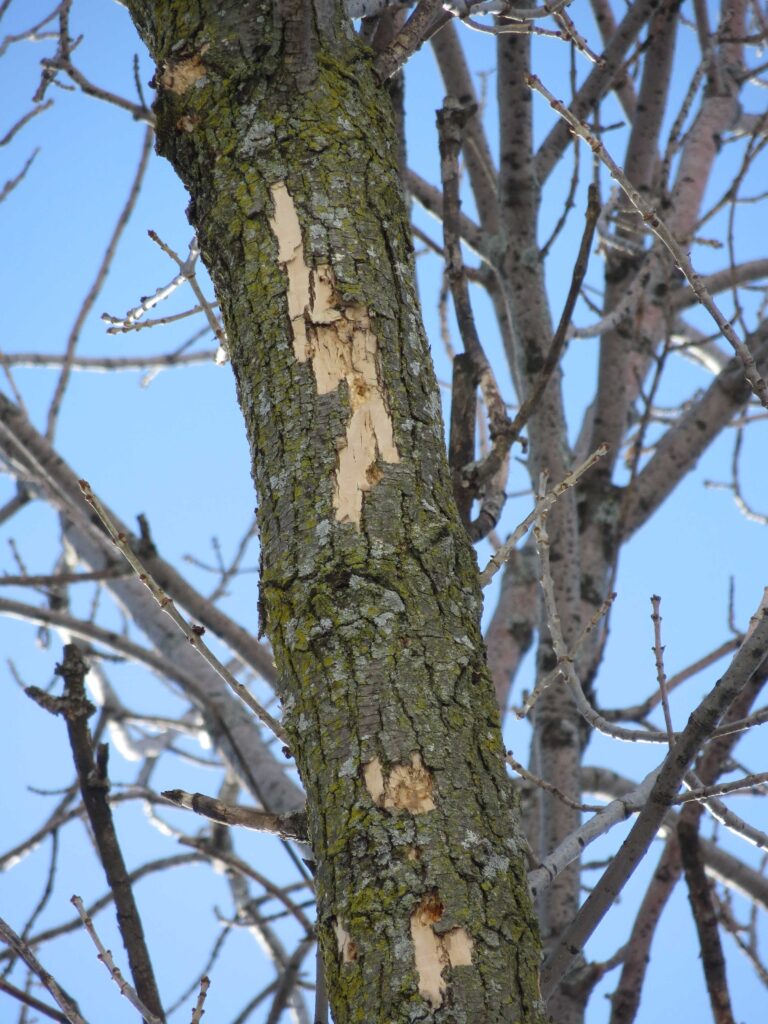
This ash tree branch in West Allis has been damaged by woodpeckers feeding on EAB larvae beneath the bark.
Photo: Bill McNee, Wisconsin DNR.
Continue reading “Treat Your Valuable Ash Trees Against Emerald Ash Borer This Spring”

